
The Future and Scope of UI/UX Design: A Comprehensive Overview
Mar 12, 2025 4 Min Read 22712 Views
(Last Updated)
UI/UX design is a rapidly evolving field in the realm of technology. As more and more businesses recognize the importance of providing exceptional user experiences, the demand for skilled UI/UX designers continues to grow.
In this article, we will explore the future and scope of UI/UX design, including the difference between UI and UX, the career path for UX designers, the average pay, and the training courses available to enhance UI/UX skills.
Table of contents
- What is UI/UX Design?
- The Difference Between UI and UX
- Scope of UI/UX Design
- Growth and Opportunities
- The Emergence of Design-Centric Organizations
- Innovation and Creativity
- Career Path for UX Designers
- UI/UX Designer: The Cornerstone of Digital Innovation
- Web and App Design Agencies
- In-house Design Teams
- Tech Startups: Embracing UI/UX Innovation
- UI/UX Consultancy
- Educational Institutions
- Research and Development
- Conclusion
What is UI/UX Design?
UI (User Interface) and UX (User Experience) are two distinct but interconnected aspects of design. While UI design focuses on the visual and interactive elements of a website or mobile application, UX design is concerned with the overall user experience, encompassing factors such as usability, accessibility, and satisfaction.
UI designers are responsible for creating visually appealing interfaces and ensuring smooth interactions, whereas UX designers delve into user research, testing, and developing strategies to enhance the usability of a product.
As we proceed to the next phase, make sure you understand the fundamentals of UI/UX, which includes heuristic analysis, journey maps, testing, etc. If you want to explore more about it, join GUVI’s UI/UX Course with Placement Assistance. You’ll also learn about the tools used in UI/UX which are AdobeXD, Illustrator, Photoshop, Figma, and many more. Build some amazing real-time projects to get hands-on experience.
Also, if you want to explore Figma through a Self-paced course, try GUVI’s Figma certification course.
The Difference Between UI and UX
UI: UI design refers to the graphical layout of a website or mobile application. It encompasses elements such as buttons, text fields, images, sliders, and other components that users interact with.
UI designers use specific tools to design the interface and are responsible for the visual aspects, including screen layouts, interface animations, transitions, and micro-interactions.
UX: On the other hand, UX design focuses on the overall user experience. It involves understanding user behavior, conducting research, and determining ways to create intuitive and seamless interactions.
UX designers analyze user needs, goals, and motivations to ensure that the interface is user-friendly and effectively meets their requirements.
Scope of UI/UX Design
The future of UI/UX design looks promising, with several factors contributing to its growth and opportunities. Let’s explore the scope of UI/UX design in more detail.
1. Growth and Opportunities
With the expanding market and the increasing demand for products and services, experienced and talented UI/UX designers are in high demand.
As people spend more time on mobile devices, the need for a flawless user experience becomes crucial. These designers play a vital role in providing users with a seamless and satisfying experience, making their work invaluable in today’s technology-driven world.
2. The Emergence of Design-Centric Organizations
The rising importance of design has led to the emergence of design-centric organizations such as Coca-Cola, Apple, and Nike. These companies prioritize design and understand the significance of delivering exceptional user experiences.
As design becomes a core component of their strategies, the demand for experienced UX designers continues to grow. Design-centric organizations recognize the value of user-centered design and rely on UX designers to analyze user needs and create impactful experiences.
3. Innovation and Creativity
Advancements in technology bring forth new possibilities and opportunities for innovation and creativity. UI/UX designers can explore niche markets and experiment with novel ideas to create unique user experiences.
This career path allows individuals with a natural inclination for empathy, innovation, and creativity to thrive. By diving into users’ minds and understanding their needs, UX designers can deliver out-of-the-box solutions that leave a lasting impact.
Career Path for UX Designers
If you are considering a career in UX design, it is important to understand the various aspects and responsibilities that come with the role. UX designers are responsible for creating user-centric experiences across digital or physical products, ranging from websites to everyday objects.
Let’s delve into some of the most intriguing roles you can take up.
UI/UX Designer: The Cornerstone of Digital Innovation
UI/UX designers are at the forefront of transforming complex ideas into visually appealing and user-friendly designs. They are responsible for creating seamless experiences that engage users and keep them coming back for more.
These designer works on web and mobile applications, websites, software, and even emerging technologies like augmented reality (AR) and virtual reality (VR).
The role requires a blend of creativity, psychology, and technical skills, making it a promising career path for those who are passionate about design and human behavior.
Web and App Design Agencies
Numerous web and app design agencies are consistently seeking talented UI/UX designers to join their teams.
These agencies cater to a diverse range of clients, providing opportunities to work on exciting projects spanning various industries such as e-commerce, healthcare, finance, and more.
Working in an agency environment exposes designers to a variety of challenges, honing their skills and allowing them to build an impressive portfolio.
In-house Design Teams
Many established companies have in-house design teams responsible for enhancing their products and services’ user experience. Joining such teams offers the advantage of working closely with product managers, developers, and marketers, facilitating a collaborative environment for innovation.
In-house designers often get the chance to delve deep into a single product, allowing them to make substantial and meaningful design improvements over time.
Tech Startups: Embracing UI/UX Innovation
The startup ecosystem is a breeding ground for UI/UX designers to thrive. Startups value creativity and innovation, making them ideal places for designers to contribute significantly to the product’s overall vision.
Working in a startup environment offers unparalleled opportunities to wear multiple hats and work across various stages of product development. Additionally, designers might receive stock options or equity, giving them a stake in the company’s success.
UI/UX Consultancy
Experienced UI/UX designers can establish themselves as independent consultants or join consultancy firms specializing in providing design expertise to businesses.
Consultants work with a range of clients, offering design audits, user research, and design strategy services. This avenue allows designers to work on diverse projects, continuously challenge themselves, and gain exposure to various industries.
Educational Institutions
UI/UX designers can also venture into the education sector. They can contribute their expertise by becoming instructors or mentors in design schools, boot camps, or online learning platforms.
Sharing knowledge and experiences not only helps aspiring designers grow but also enables established professionals to refine their skills.
Research and Development
UI/UX designers with a keen interest in understanding user behavior and improving the design process might find research and development roles appealing.
These positions involve exploring emerging technologies, conducting user testing, and experimenting with cutting-edge design methodologies to push the boundaries of web design.
Kickstart your UI/UX journey by enrolling in GUVI’s UI/UX Course where you will master technologies like AdobeXd, Illustrator, and Figma, and build interesting real-life UI/UX projects.
Alternatively, if you would like to explore Figma through a Self-paced course, try GUVI’s Figma’s certification course.
Conclusion
UI/UX design is an ever-evolving field with a promising future. As businesses recognize the importance of delivering exceptional user experiences, the demand for skilled UI/UX designers continues to grow.
By understanding the difference between UI and UX, exploring the career path for UX designers, and considering the scope of UI/UX design, you can gain valuable insights into this dynamic field.
With competitive salaries in India where UI/UX professionals are earning upto ₹ 4.8 LPA on average, the highest ones go upto ₹ 13 LPA! as well as a wide range of training courses available, UI/UX design offers exciting opportunities for those seeking a creative and rewarding career in technology.









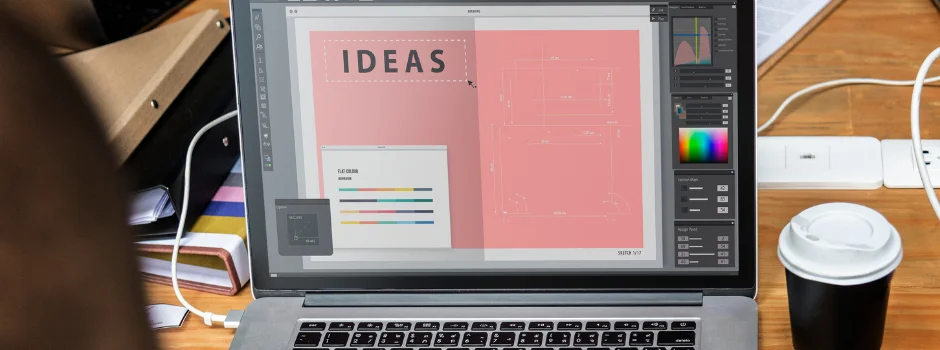
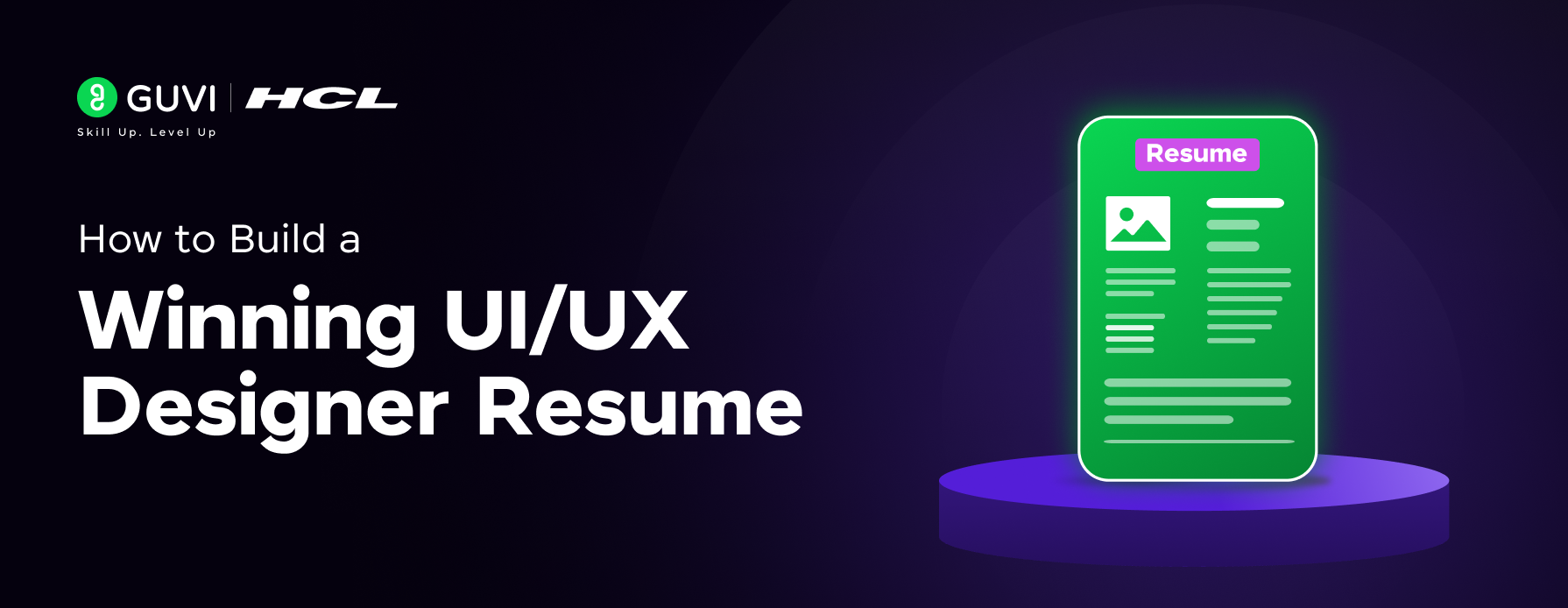

![What Does a UI/UX Designer Do? [Career Guide] 5 What does a UI/UX designer do?](https://www.guvi.in/blog/wp-content/uploads/2023/12/UX-Designer-Do_.webp)
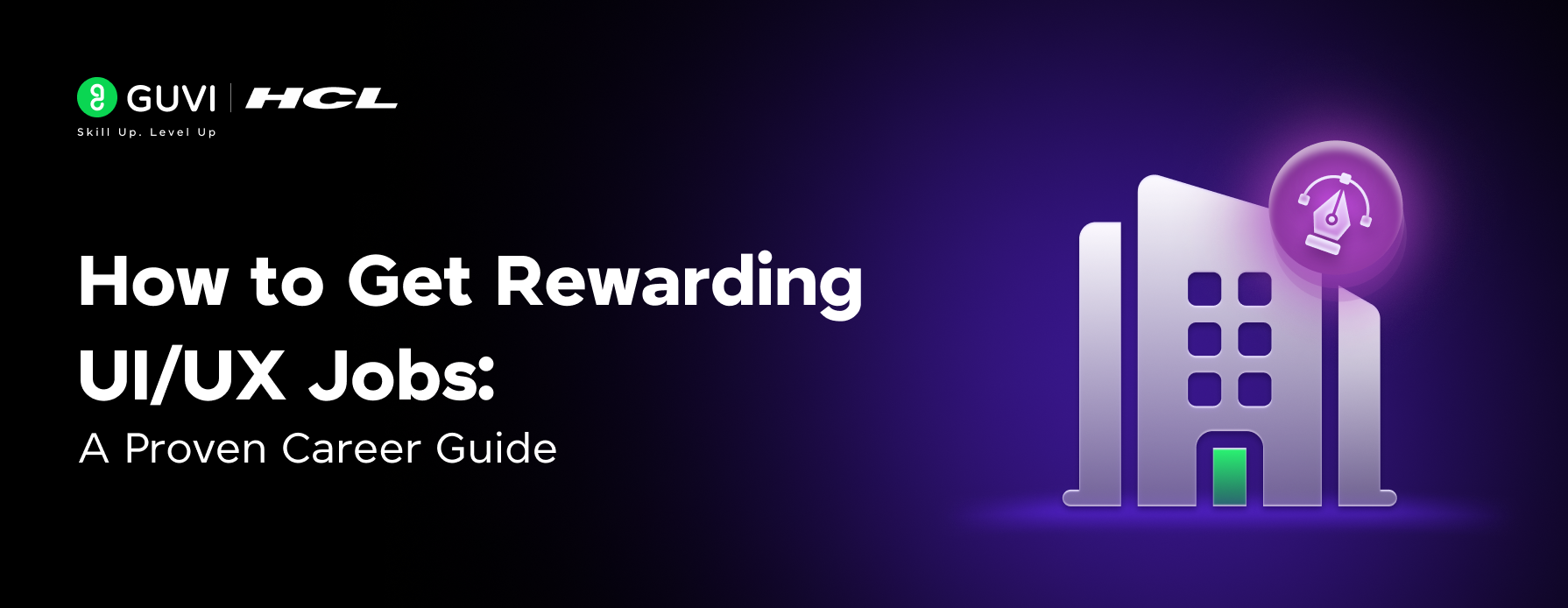
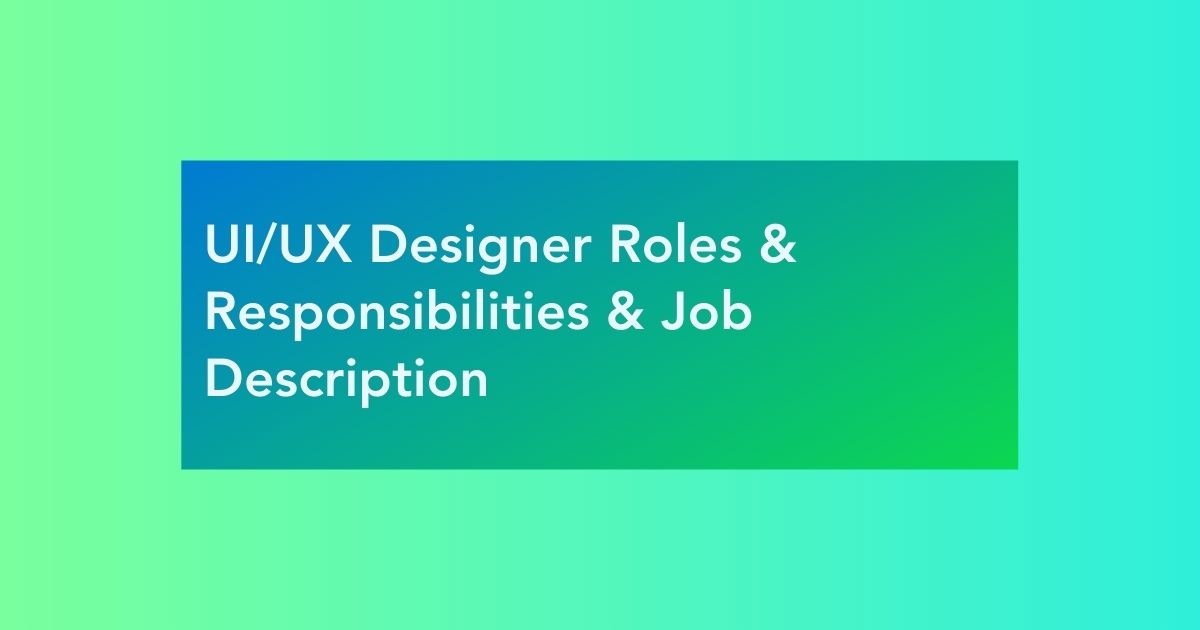

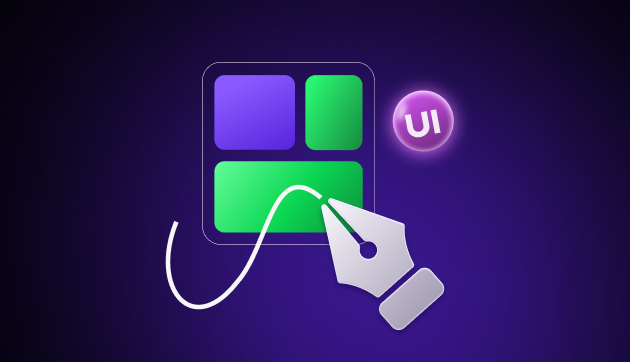
![How To Switch Career In UI/UX Design? Easy or Hard? [2025] 8 how_to_switch_to_a_career_in_ui_ux_design_](https://www.guvi.in/blog/wp-content/uploads/2023/12/how_to_switch_to_a_career_in_ui_ux_design_.webp)

Did you enjoy this article?